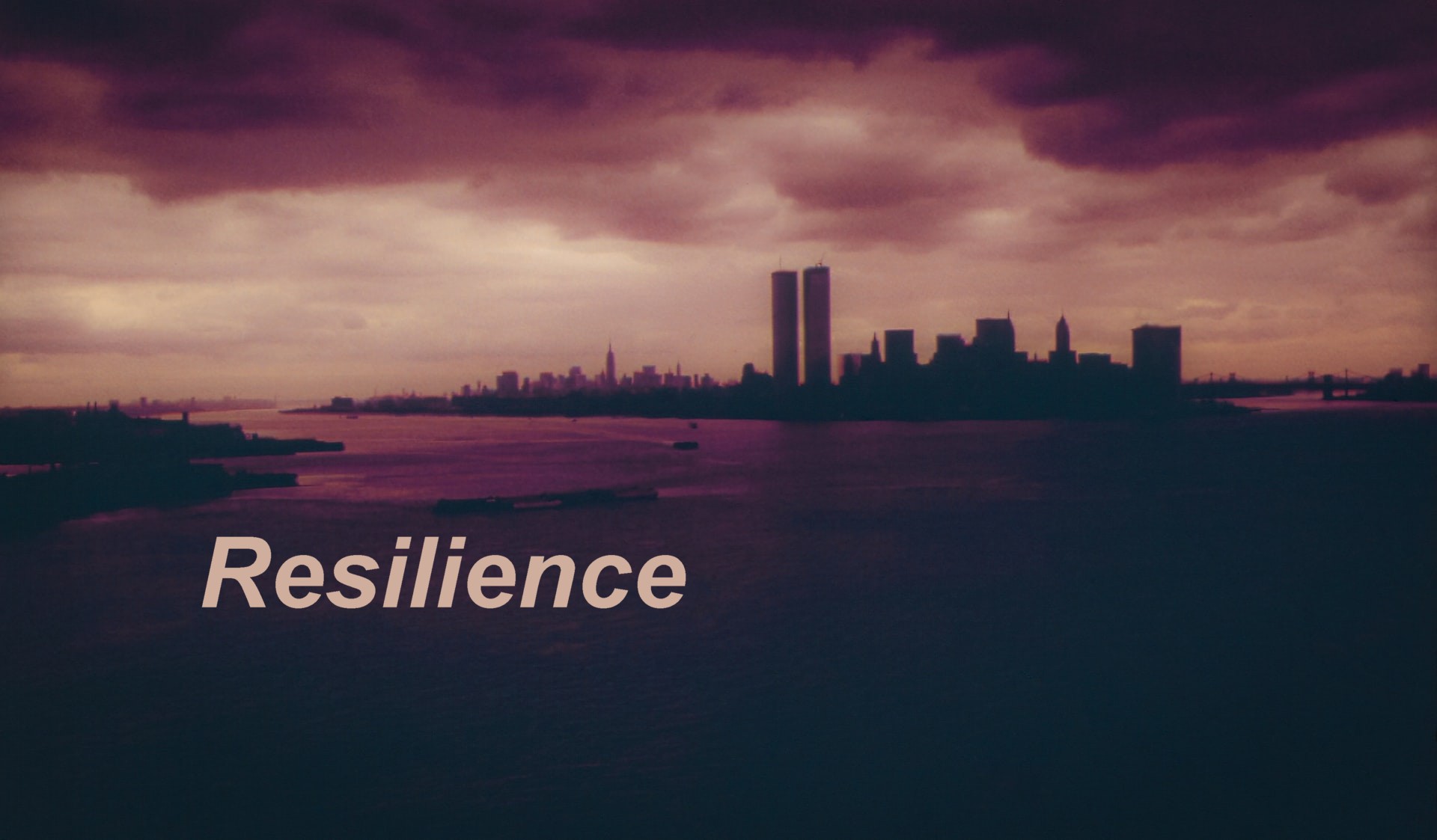

The Future of US Infrastructure


By Michael Ireland
Throughout history successful countries have invested in both their military and infrastructure. A strong military provides for the common defence, while a sound infrastructure raises the standard of living for its inhabitants.
The US’s commitment to these priorities helped it rise from former British colony to the world’s lone super power. Yet, while its military is today unrivalled, according to the 2017 American Civil Society of Engineers’ (ACSE) report, the country’s infrastructure earned a D+ grade, and has a US$2 trillion infrastructure investment gap over the next decade. Since ACSE’s report first came out in 2001, the US has nearly received a failing grade every time.
There is long-standing, bipartisan agreement that the US’s infrastructure must be repaired and upgraded, but Congress keeps kicking the can down the road. However, we might be poised for a breakthrough in 2019. After all, President Donald Trump is on record saying: “We will build gleaming new roads, bridges, highways, railways, and waterways all across our land. And we will do it with American heart, and American hands, and American grit.” That sentiment is matched by House Democrats who, during their successful 2018 midterm election campaigns, made tackling infrastructure a top priority.
Unfortunately, the same vexing question that bedevilled previous efforts remains: how do we pay for it? The Portland Cement Association (PCA) supports whatever funding mechanisms federal officials can agree upon, including raising the federal gas tax, which last occurred in 1993. Even that legislative initiative was flawed, because according to the Congressional Budget Office (CBO), if the gas tax had been tied to inflation it would be 19 cents higher right now.
Even if a big-ticket infrastructure package never materialises, there are plenty of opportunities for the most resilient and prevalent construction material in the world: concrete. PCA is focused on creating an efficient and well-functioning transportation network that meets our needs and positions the US economy for robust growth. For real progress to be made, revenue shortfalls in existing programmes must be addressed before it is too late.
Infrastructure also includes airports, waterways, and buildings. Over the past several years, there has been a significant growth in the intensity of natural disasters, ranging from wildfires to hurricanes, that are devastating communities. Instead of always reacting to these events, why not be more proactive? For example, Russell King relied on resilient construction materials like concrete to build his home in Mexico Beach, Florida. When Hurricane Michael tore through the town last year, King’s home was the last one left standing. His personal mitigation effort needs to be brought to the masses.
That is why PCA supports providing communities the resources and tools to enhance the resiliency of their buildings and the infrastructure to increase their durability, longevity, disaster resistance, and safety. Enhanced resilient construction will improve sustainability and reduce the resources needed to rebuild in the future. In the last Congress, PCA supported the Disaster Recovery Reform Act (DRRA), which addresses the rising costs of disasters and reforms the federal disaster programme by investing in pre-disaster mitigation.
America must invest more resources in our infrastructure, otherwise we will not be able to meet the demands of our growing population and an interconnected world in the 21st Century. Delays only exacerbate the problem. We need our political leaders to rise to the challenge, as they have done in the past, even during the most trying of times. It is what successful countries do.
About the author
Michael Ireland is President and CEO of the Portland Cement Association.
This article was originally published in World Cement,
Recent Posts
The Growing Importance of Resiliency in the Design and Construction of Buildings
Resiliency is becoming increasingly important in building design and construction due to the rising frequency…
GCCA Global Low Carbon Ratings for Cement and Concrete
The Global Cement and Concrete Association (GCCA) has developed a standardised low carbon rating system…
Building for Resiliency with Insulated Concrete Forms
Building with Insulated Concrete Forms (ICFs) is increasingly recognized as a critical component of modern…
Building Resiliency in the Pacific Northwest
In the Pacific Northwest, the increasing frequency and severity of climate-related disasters, such as wildfires,…
How California can rebuild safer, more resilient cities after wildfires
The catastrophic LA wildfires were a powerful reminder that governments and communities need to think…
Mobilizing Resilient Design and Construction
Implementing a multifaceted strategy can motivate state and local governments to prioritize resilient design and…


